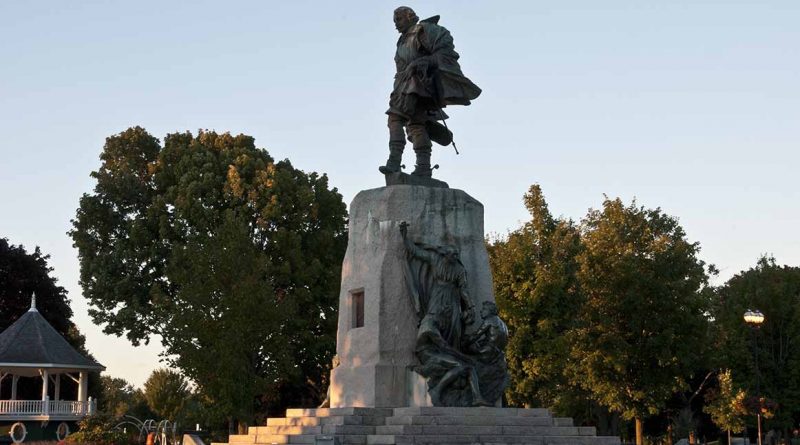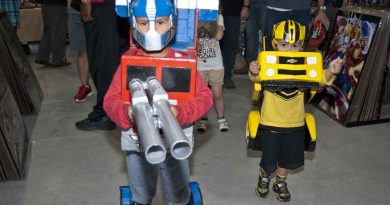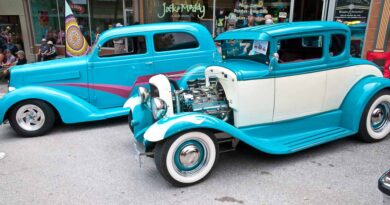Editorial: What To Do With The Monument
By John Swartz
Tuesday, commenting on the fate of the Champlain Monument closes at 4:30 p.m. Many have taken the opportunity to do so and perhaps many more haven’t, or forgot to.
My Orillia has always included the monument. I can’t imagine this city without it. I am definitely in favour of re-installing it as it has been for a number of reasons.
The controversy about the monument tends to focus on one element, what is referred to as the Religion side, Father LeCaron and two Indians on a lower plain. The objection is to a perceived hierarchy, whites over Indians. I don’t see that. Back in 1615 there weren’t many pews, lawn chairs or even tree stumps kicking around to sit on. Anyone who has been to church can relate to the prospect of standing for a length of time while the priest goes on, and on, and on. I’d sit on the ground too.
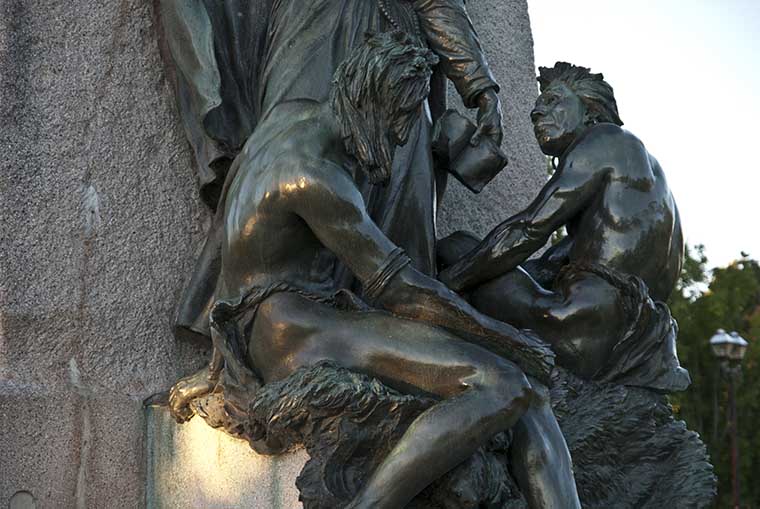
Indeed, there have been many historical depictions of people sitting on the ground while listening to someone speaking. Think of the field general addressing troops, the Indian Chief addressing the tribe, and maybe more recently the Cub Scout leader and the children in his charge. It’s a natural thing to do.
Many have issues with the expressions on the Indians faces. I really don’t get this one at all. I once witnessed a man and his children approach the monument, pause, and the fellow shook his head, muttered “disgusting,” and lead what I assume were his children away. It gave me pause. I have studied those two figures and as many of you know I spent a couple decades video recording and photographing people, doing my best to make everyone look their best – I’ve seen a lot of faces, analyzed a lot of expressions and I just don’t see the cowering expression some claim is evident on those two Indian figures. Neither do a good number of my friends from across the lake.
Some people look at Donald Trump and see a smart person, others at Andrew Scheer and miss the duplicitousness, and still others at Justin Trudeau and see strength. My point is, in every crowd a few can see something very different from the rest. You see a witch, I see a beautiful woman. To each his own.
By no means am I dismissing the concerns of a number of people about what those monument figures convey to them, but I do dismiss the extremes, those who don’t want the monument to ever see the light of day again and those who don’t care there’s a problem.
If a significant number of people take issue with anything we owe it to everyone to hear the complaint and try to understand what we are being told. Both extremes are never going to agree and most of those don’t really know what they are talking about, but in the middle we can acknowledge the hurt, and those who are hurt can learn the story no one but a few know and maybe realize while it’s not perfect, it’s not the boogieman it seemed.
There is no doubt the monument, erected in 1925, came from an unenlightened perspective as to its meaning based on comments from those who hijacked the affair for their own purposes. However, the artist, Vernon March , made a portrait of people. I see strong individuals in the depiction of the Indians. I see a stereotypical man of the cloth and a fur trader, no less and no more as strong as the others. There was considerable back and forth at various design stages to get the right trappings of the images of 1600s explorers and native residents. Where it fails miserably is the plaque; that has to go.
The ancillary things about the monument, what was written in the day, what was said by the speech-givers, that’s ancient history. They were wrong. It’s the words used then, what they meant then, and what those words mean now (apples and oranges) I think are the core issue. Those people are dead, their words can die with them. What remains, the bronze, is timeless. As a work of art it stands on its own, separate from the times.
Much has been said about a companion piece of art to go with the monument, to position Champlain’s, LeCaron’s and Brûlé’s (the trapper on the other side) arrival here in context of who was already here – a society of people who were doing just fine. There is no evidence the Frenchmen were on a conquer and smite mission, in fact Brûlé and LeCaron lived among the Indians for many years. It was other people who came many decades later who did the damage to the communities of our Indian brothers and sisters.
We think of Champlain, the courageous explore, and he was, but not in the way we were taught in school and that is the legacy of the men of the time when the statue was erected. Yes, he was the first white man to see Lakes Couchiching and Simcoe (it was Brûlé, the scout, actually). Champlain abhorred the violence inflicted by others elsewhere, and he almost didn’t make it out alive, having to be nursed back to health by his hosts. His stay here was brief, but he was the leader of the expedition, so he gets the credit. He had nothing to do with the treaties, and breaking the treaties, making war on the First Nations tribes as the British did later. This is no monument to oppression.
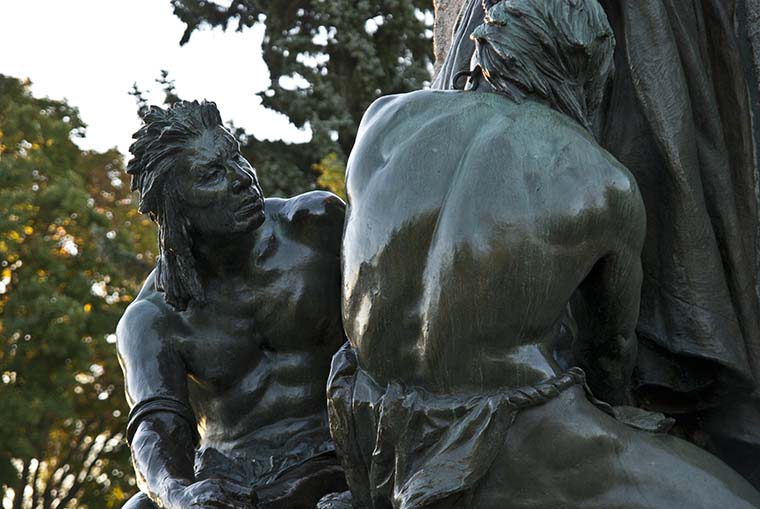
What has been missing all along is proper, accurate context. Other than Champlain most people don’t know who the other figures are. Most people don’t know the original intent of Charles Hale coming up with the idea to make the monument (which was to create a stronger bond with Quebec), or the intent of those who surrounded themselves in the effort, often with less than honest and disrespectful motives. Most people don’t know of the society which was already here. The Wendat were farmers, they were the permanent occupiers of the land called Huronia (erroneously). The Chippewa and others only came here to fish and left each year.
There are several stories that should accompany the Champlain Monument in the park. There’s room. I have a vision of a granite wall, not unlike the Vietnam Memorial in Washington D.C., laid out in an arc on the western side of old Sam creating a backdrop, but not built entirely below grade, maybe half in, half out like a split level home. It could be etched with images and paragraphs telling the overlooked story; nooks could be made in it where sculptures could be placed. People could walk into it, read and see the story which should have been told at the start. The ones who get to tell the story are the Chippewa and Wendat and no one else.
And it must be substantial, as substantial as the Champlain Monument itself. An equal footing needs to be created. We could end up with two monuments of National importance out of this mess. More important, we can teach those who come behind us better than has been done. We as citizens of Orillia can accept not everything about the monument was right and make it so.
Anyone can make their thoughts known to Parks Canada by filling out the online survey.
(Photos by Swartz – SUNonline/Orillia) Champlain Monument, Orillia.

